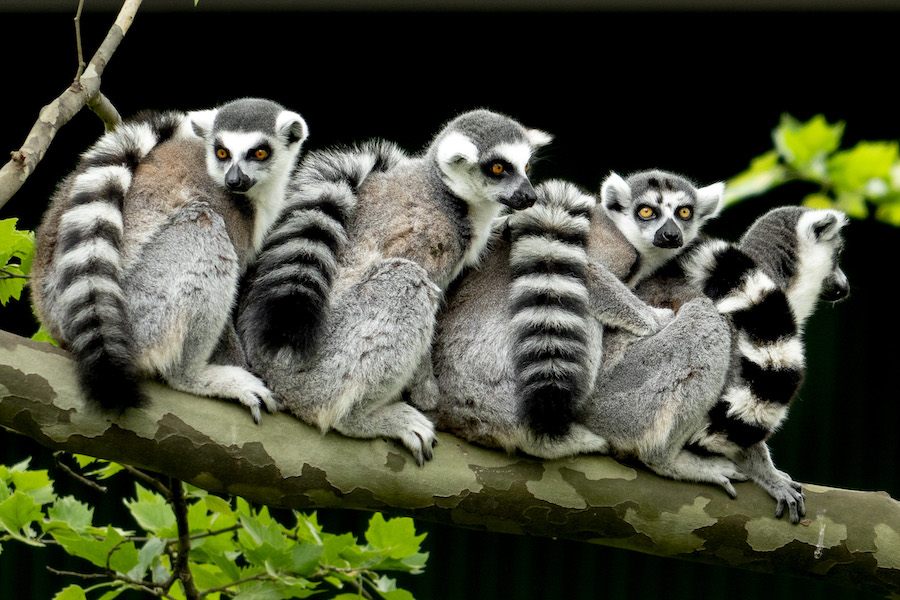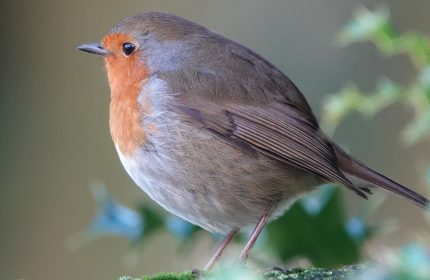6 of the most endangered natural wonders in the world
On the brink
Mother Nature must have, at best, a love-hate relationship with humanity, as mistreatment and mismanagement has left many of her prized possessions staring down the barrel.
The Amazon rainforest is perhaps the most high profile example – you may have heard the oft-repeated statistic that an area the size of a football pitch is lost to deforestation every six seconds – but it’s far from the only natural wonder under siege. These are some of nature’s most imperilled places, from the bayous of Florida to the dark heart of the Congo…
1. The Dead Sea, Israel-Jordan

The Dead Sea is shrinking, and shrinking fast. A hyper-saline lake straddling the border between Israel and Jordan, the sort-of-sea’s salt content is so high that no fish can survive there, and a steady stream of tourists derive delight and new profile pictures from floating barely submerged on the surface.
It’s also the world’s lowest place on land (430 metres below sea level), and getting lower all the time, as the water’s edge recedes by a massive four feet every year. The causes are myriad: from record-breaking droughts and the diversion of the Jordan River, to mining companies siphoning off water to extract minerals. Today, the sea is half the length it was a century ago: not quite dead yet, but certainly dying.
2. Rainforests of the Atsinanana, Madagascar

An enormous land mass floating in the Indian Ocean, Madagascar’s extraordinary biodiversity has evolved in isolation for millions of years, filling the country with flora and fauna found nowhere else on Earth. Among its critically endangered creatures are a host of chameleons and tortoises, plus most of the island’s famous lemurs.
It’s a World Heritage Site consisting of six national parks; the Atsinanana Rainforest is spread down the island’s eastern edge, and between 80 and 90 per cent of its inhabitants are endemic. It was placed on the UNESCO ‘in danger’ list in 2010, thanks to the widespread twin evils of poaching and illegal logging.
3. The Great Barrier Reef, Australia

In recent times, the news cycle has gone from bad to worse for the Great Barrier Reef, one of the seven natural wonders of the world. Mass coral bleaching in 2016 and 2017 reduced vast swathes of the reef to a barren, skeletal graveyard, and a new study released in October found the reef had lost more than 50% of its corals since the 1990s.
The main culprit should come as little surprise. Climate change and the accompanying rise in sea temperatures can cause the ocean to acidify, decimating corals and other marine life. Throw in pollution, deadly starfish outbreaks, and threats from coastal development, and the reef remains among the most embattled ecosystems anywhere on Earth.
4. Virunga National Park, Democratic Republic of the Congo

A giant, jungle-covered haven containing a third of the world’s mountain gorillas, Virunga’s snow-capped peaks and verdant valleys are as magnificent as they are at risk. A serially troubled country, all five of the Democratic Republic of the Congo’s World Heritage Sites are on UNESCO’s ‘in danger’ list – a tally surpassed only by Syria.
Africa’s oldest national park (designated in 1925), today Virunga is beset by poachers. loggers, and armed rebel fighters, who regularly attack and kill not just the animals, but also tourists and the park’s depleted battalion of rangers. In 2019, the kidnap (and subsequent release) of a British couple and the murder of their guide saw Virunga close to tourism for eight months.
5. Glacier National Park, Montana

In 1850, the Glacier National Park in Montana contained approximately 150 distinct glaciers. In 2015, researchers measured only 26 larger than 25 acres – the limit above which the word ‘glacier’ can be used.
The park is an obvious poster child for climate change-induced melting, but ice sheets across the world tell similar stories. A 2019 study estimated that Mt Kilimanjaro’s famous glaciers will all be gone in 25 years, while Iceland hit the headlines last year by holding a mock funeral attended by Prime Minister Katrin Jakobsdottir for the vanished Okjokull glacier, the first of many expected to depart the increasingly-less-icy island in decades to come.
6. The Everglades, Florida

Long associated with hovercrafts, mangroves, and crocodilians, Florida’s famous “river of grass” is as mysterious and impenetrably swampy as it ever was. There’s just one problem: vast expanses of the Everglades National Park are straight-up gone.
A toxic mix of urban expansion, water pollution, climate change, and habitat loss around Florida Bay mean that today more than 50% of South Florida’s original wetland areas no longer exist. That’s bad news for local tourist authorities, and extremely bad news for the endangered Florida panthers, American alligators, West Indian manatees, and assorted wading birds that call the area their home.
The Press Association
Latest posts by The Press Association (see all)
- Veteran radio star Johnnie Walker dies aged 79 - December 31, 2024
- 5 fantastic winter walks for wildlife spotting - December 31, 2024
- 8 of the easiest healthy habits to start right now - December 30, 2024
- What will replace colourful annual bedding plants? - December 30, 2024
- Food to help boost your mood in January - December 30, 2024




















